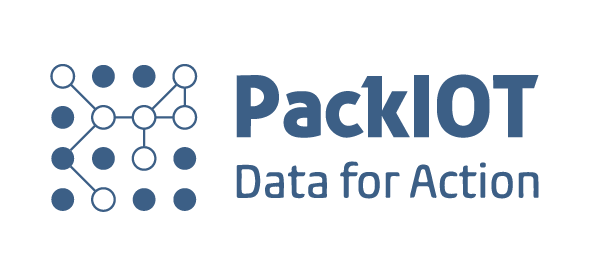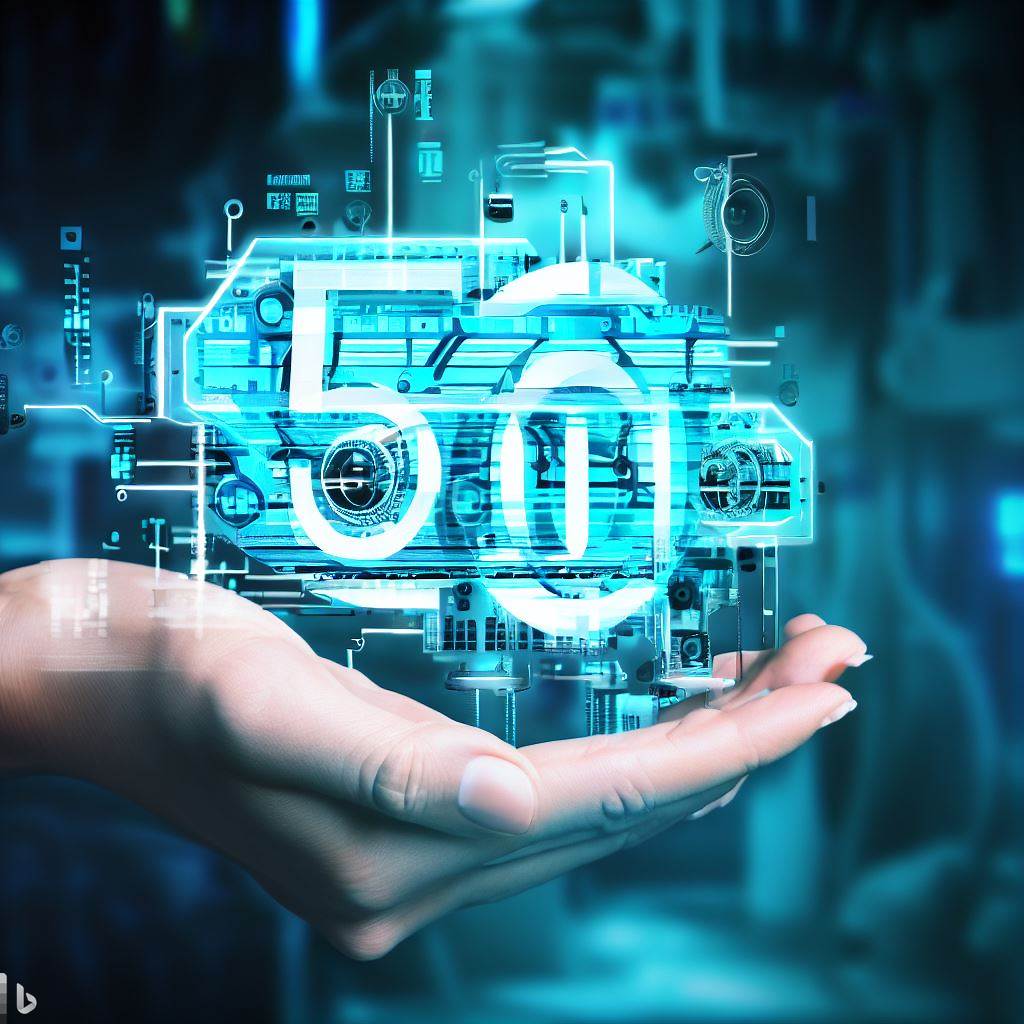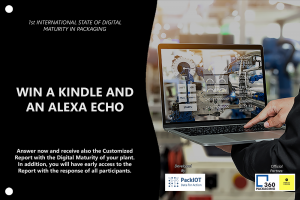We live in a time of rapid technological advancements, where Industry 4.0 is already revolutionizing how businesses operate, with automation and intelligent technologies becoming increasingly prevalent in industrial processes. However, as we embrace the era of digitalization and smart factories, there’s a growing recognition that technology alone is not enough to create sustainable and meaningful progress. To achieve that, we need to balance technological innovation with a human touch – and that’s where Industry 5.0 comes in.
What is Industry 5.0?
Industry 5.0 is a concept that represents the convergence of the latest technological advances with human-centric values, ethics, and principles. It aims to put human beings at the center of industrial processes and empower them to leverage the full potential of new technologies while focusing on social responsibility, environmental sustainability, and overall well-being.
Industry 5.0 builds on the three previous industrial revolutions, each of which brought significant changes to the way we work and live:
- Industry 1.0: The first industrial revolution started in the late 18th century with the invention of the steam engine, which marked the transition from manual labor to machine-based manufacturing.
- Industry 2.0: The second industrial revolution began in the early 20th century with the advent of mass production and assembly lines, which increased productivity and efficiency.
- Industry 3.0: The third industrial revolution started in the 1960s with computers and automation, which enabled greater precision and flexibility in manufacturing processes.
- Industry 4.0: The fourth industrial revolution, which we’re currently experiencing, is characterized by integrating cyber-physical systems, the Internet of Things (IoT), and artificial intelligence (AI) into industrial processes. It’s driving the creation of smart factories, where machines communicate with each other, and with humans to optimize production and reduce downtime.
Industry 5.0, therefore, represents the next phase of industrial development, where the focus is not just on technological innovation but also the social and environmental impact. It recognizes that technology alone is not enough to create a sustainable and equitable future – it needs to be accompanied by a commitment to ethical values and social responsibility.
Why is Industry 5.0 crucial?
Industry 5.0 is essential because it recognizes that the future of work is not just about automation and optimization but also about the well-being of workers and the impact of industrial processes on the environment. It acknowledges that human beings are not just cog in a machine but are integral to the success and sustainability of industrial processes.
By incorporating human-centric values and principles into industrial processes, Industry 5.0 aims to:
- Create more meaningful work: Automation and AI can take care of repetitive and mundane tasks, freeing up human workers to focus on a more creative and fulfilling career that requires critical thinking, problem-solving, and interpersonal skills.
- Enhance worker well-being: By prioritizing worker safety, training, and support, Industry 5.0 can create work environments more conducive to worker health and happiness.
- Promote sustainability: By optimizing industrial processes to minimize waste, energy consumption, and environmental impact, Industry 5.0 can help reduce the carbon footprint of industrial activities.
- Foster social responsibility: By prioritizing ethical values and social responsibility in industrial processes, Industry 5.0 can create a more equitable and just society where all benefit from technological progress.
How can we achieve Industry 5.0?
Achieving Industry 5.0 will require a concerted effort by businesses, governments, and society. Here are some steps that can be taken to achieve Industry 5.0:
- Prioritize human-centric design: Businesses must focus on creating industrial processes that prioritize the well-being of workers and the wider community. This can involve designing workplaces that are safe, healthy, and conducive to productivity, as well as investing in worker training and development.
- Embrace ethical values and social responsibility: Companies must prioritize moral and social responsibility in all their industrial processes. This can involve promoting fair labor practices, reducing environmental impact, and fostering diversity and inclusion in the workplace.
- Leverage the power of technology: Industry 5.0 recognizes the transformative power of technology but seeks to harness that power in a way that benefits society. Companies should embrace the latest technologies, such as AI, IoT, and robotics, to create more efficient and sustainable industrial processes.
- Foster collaboration and partnership: Achieving Industry 5.0 will require cooperation among businesses, governments, and society. Companies must work with other stakeholders to identify common goals and develop strategies that benefit everyone.
- Encourage innovation and experimentation: Industry 5.0 is a new concept, and there is much to learn about how it can be achieved. Businesses must encourage innovation and experimentation, testing new ideas and approaches and prioritizing human-centric values and social responsibility.
Real-world examples of Industry 5.0 in action
Industry 5.0 is still a new concept, but some real-world examples exist of companies embracing human-centric values and principles in their industrial processes. One such example is Siemens, which has launched a new initiative called “Amplifying Human Potential” to promote social responsibility and sustainability in its industrial processes. The industry focuses on using the latest digital technologies to create safer, healthier, and more productive work environments while reducing the company’s carbon footprint and promoting diversity and inclusion.
Another example is Bosch, which launched a “Digital Job Assistance” project to support factory workers. The project uses intelligent wearables to give workers real-time work feedback, helping them optimize their performance and prevent injuries. It also provides workers personalized training and support, allowing them to develop new skills and advance their careers.
A third example is the Dutch company FrieslandCampina, which has launched a program called “Workforce of the Future” to prepare its workforce for the challenges of Industry 5.0. The program involves investing in worker training and development, creating more flexible work arrangements and promoting a culture of innovation and experimentation.
These examples demonstrate that Industry 5.0 is not just a theoretical concept – it is already being implemented by forward-thinking companies that recognize the importance of balancing technological innovation with human-centric values and principles. As more companies embrace Industry 5.0, we can expect to see a future of work that is more meaningful, fulfilling, and sustainable for everyone.
Conclusion
Industry 5.0 represents a new era of industrial development, where the focus is not just on technological innovation but also on human-centric values and social responsibility. It recognizes that technology alone is not enough to create a sustainable and equitable future – it needs to be accompanied by a commitment to ethical values and social responsibility. Achieving Industry 5.0 will require a concerted effort by businesses, governments, and society. Still, the benefits will be worth it – a more sustainable, equitable, and fulfilling future for all.




